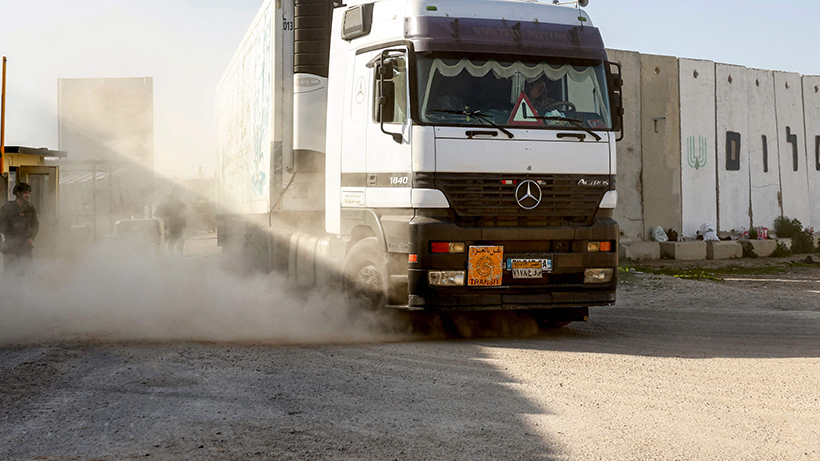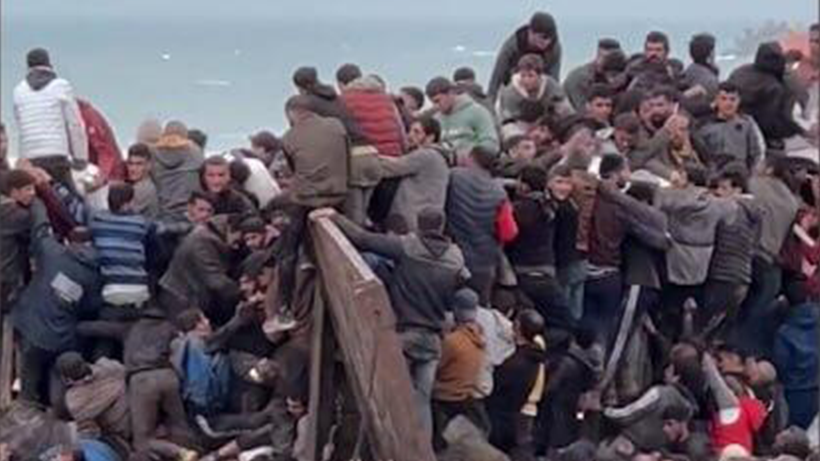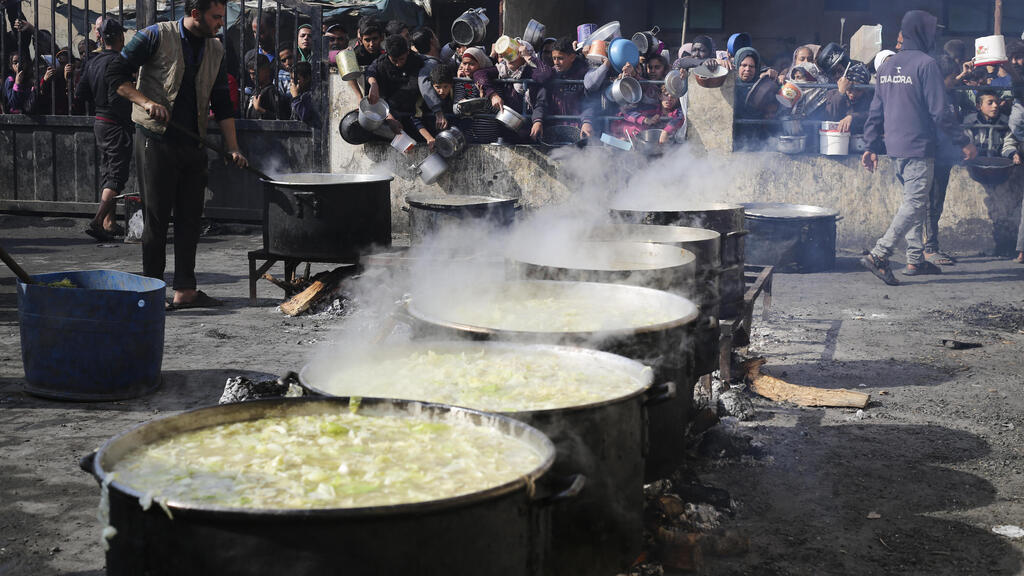Getting your Trinity Audio player ready...
The Coordinator of Government Activities in the Territories Major General Ghassan Alian met during a visit to the U.S. with senior Biden administration officials and officials in the UN to discuss the humanitarian aid to Gaza, supplied with Israel's consent. Some 250 trucks carrying medicine, food and fuel enter the Strip daily, through Israeli border crossings and through the Egyptian crossing in Rafah.
More stories:
Alian's visit took place despite the refusal of Prime Minister Benjamin Netanyahu and members of his cabinet to discuss Gaza on the day after the war.
The officials in the U.S. spoke of their concern that the daily demonstrations at the Kerem Shalom border crossing, held by families of hostages and fallen soldiers, prevented dozens of trucks from entering Gaza.
Their concern seemed to indicate the level of detail in which the administration has been monitoring the aid deliveries, as each delayed truck led to questions being asked of their Israeli counterparts. "The United States needs the transfer of humanitarian aid for Gazans in order to justify and legitimize the assistance it delivers to Israel in its war against Hamas," an Israeli defense official said.
But delivery of the aid inside Gaza is not without its problems. Thus far less than half the humanitarian aid arriving from Israel has reached the population in need. Some 100 Palestinian trucks only transport the food medicine and fuel delivered into the Strip. Most of them are sent to the areas were displaced people have been sheltering in the south and about a quarter has been supplied to the northern areas, mostly the Jabalia refugee camp and the western parts of Gaza City.
The rest of the aid is being stored in warehouses, including Qatari-owned facilities, near the border. Only part of the aid is being confiscated by Hamas.
These trucks are monitored remotely by IDF troops at the coastal road block that the IDF has set up at the western end of the Netzer Corridor, which is held by the IDF and divides the Strip between north and south. Hundreds of officers are already dealing with civilian and humanitarian matters in the areas controlled by the military where civilians are being blocked from returning to their homes. This includes allowing ambulances through, pauses in the fighting to allow their passage, rebuilding critical civilian infrastructure and evacuating Gazans from areas where fighting is taking place.
Most of the coordination is with "civilian committees," remnants of the Palestinian Authority in the Strip who were coordinating between Hamas and Israel in the past decade. Security officials estimate there are between 20,000 and 30,000 in various public service roles, who are affiliated with the PA and they could be a basis for a local civilian governing body after the war.
Such a governing option can be in place now, regardless of the decision made by the political leadership, since the military has doubts concerning an alternative being considered by the politicians – of a civilian governing body headed by local business leaders.





